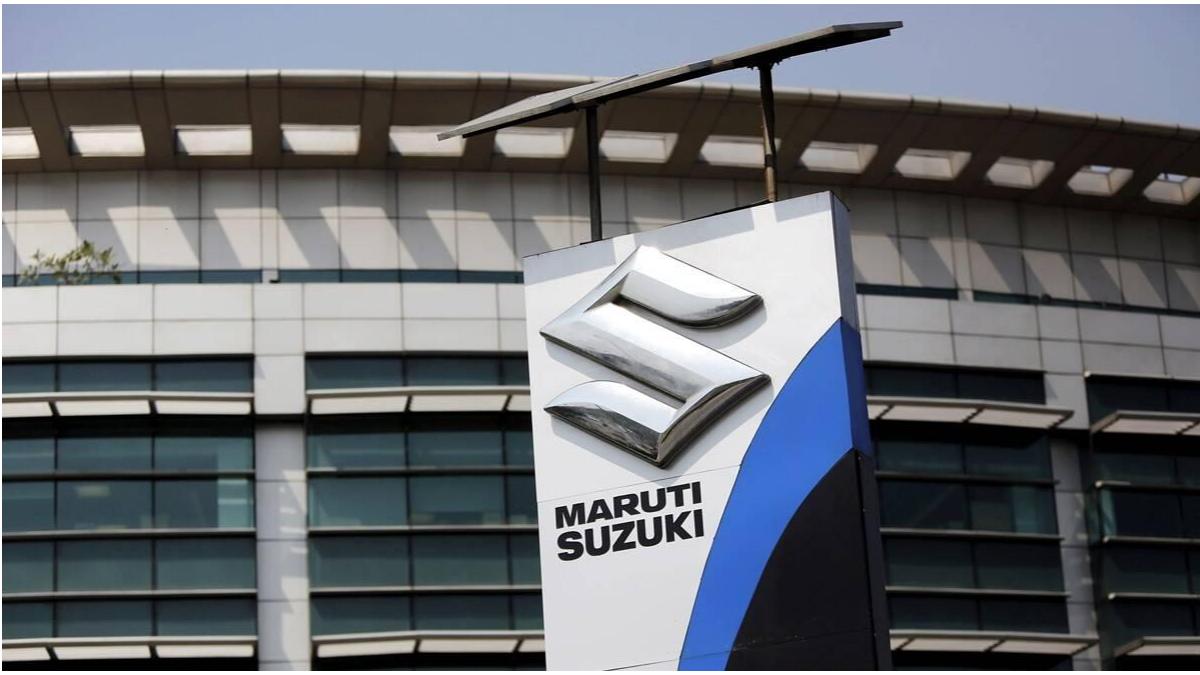
RRTS


This marks a major milestone in the development of the 82-km high-speed regional transit system, which has already been partially…

This service is being provided free of charge to the public, ensuring a comfortable, safe, and hassle-free transfer between the…

According to the draft audit, the NCRTC provided Rs 33.28 crore in additional payments for vehicle expense reimbursements from April…

The estimated cost for this extension is Rs 950 crore, a budget that has been requested from the Yamuna Development…

The operational 55-km stretch of the RRTS corridor connects New Ashok Nagar in Delhi to Meerut South, featuring 11 stations.

PM Modi will visit the Sahibabad RRTS station at 11 am and take a ride on the newly launched Namo…

With the new extension, two stations in Delhi — New Ashok Nagar and Anand Vihar — now joined the corridor.

The Delhi government has contributed Rs 1,260 crore to the RRTS, a collaborative effort jointly funded by the Centre and…

Delhi-Ghaziabad-Meerut RRTS: The new opening will add two Delhi stations — New Ashok Nagar and Anand Vihar — to the…

The event, originally scheduled for December 29, was delayed following the passing of former Prime Minister Manmohan Singh.

Both entities achieved key milestones, paving the way for enhanced commuter experiences in the National Capital Region.

The new section will feature Delhi’s first underground RRTS station at Anand Vihar and an elevated station at New Ashok…

The operational section from Sahibabad to Meerut South spans 42 km and includes nine RRTS stations.

The 42-kilometer section between Sahibabad and Meerut South was inaugurated earlier this year and has been operational since.

The trial runs between Sahibabad and New Ashok Nagar will extend the operational length of the corridor from 42 km…

According to NCRTC, the RRTS will be three times faster than the existing metro systems.

This initiative, announced on Saturday, is aimed at enhancing passenger convenience while optimising station areas for commercial use.
Related News






